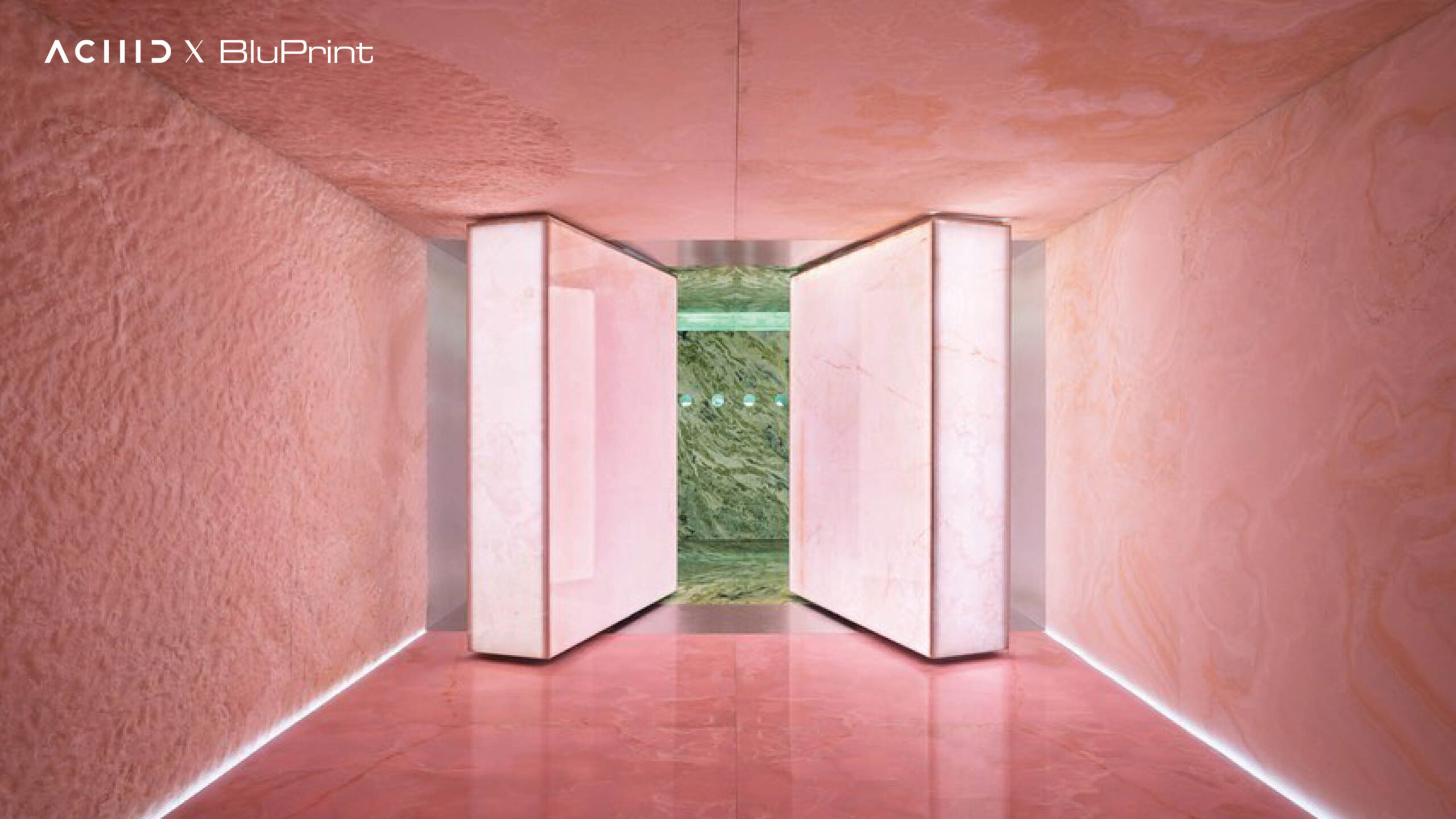
Striking Disruptions and Imaginative Dreamscapes
Practicality allowed past accounts and experiences to become the hinge of spatial evolution. Architecture and Interior design evolved and adapted with this simple equation due to the basic necessities it brought. During the pandemic, a paradigm shift allowed peculiarity on ideas where spaces became a universal medium to communicate and convey emotions. This shift of interaction with history, art, and materiality brought with it a renewed interest in defining changes in uses of space and a redefinition on the trajectory of spatial evolution.
ACIIID relates this evolution with the new trends found from the recent Milan Design week which gives a fresh perspective for the design industry. There is a solid narrative between what is practical and what is peculiar, and a clear intention to push the boundaries through a disruptive lens.
ACIIID begins by looking at history as the foundation of all things design related. Historical Reinvention became the spotlight in some of the most prominent installations during Milan Design Week. “Back to the Future ” by Fantini Mosaici with AB+AC Architects is a perfect example of such by creating a physical interpretation of a digital space through pixel-like treatment of mosaics showcasing ancient techniques from Mesopotamia.

Another example is the reimagination of the baroque style from “Limonaia” by Antonio Arico for Dolce and Gabbana Casa. Arico created the pavilion to embody new interpretations of the typical baroque concepts on materiality, color, drama, and lighting.
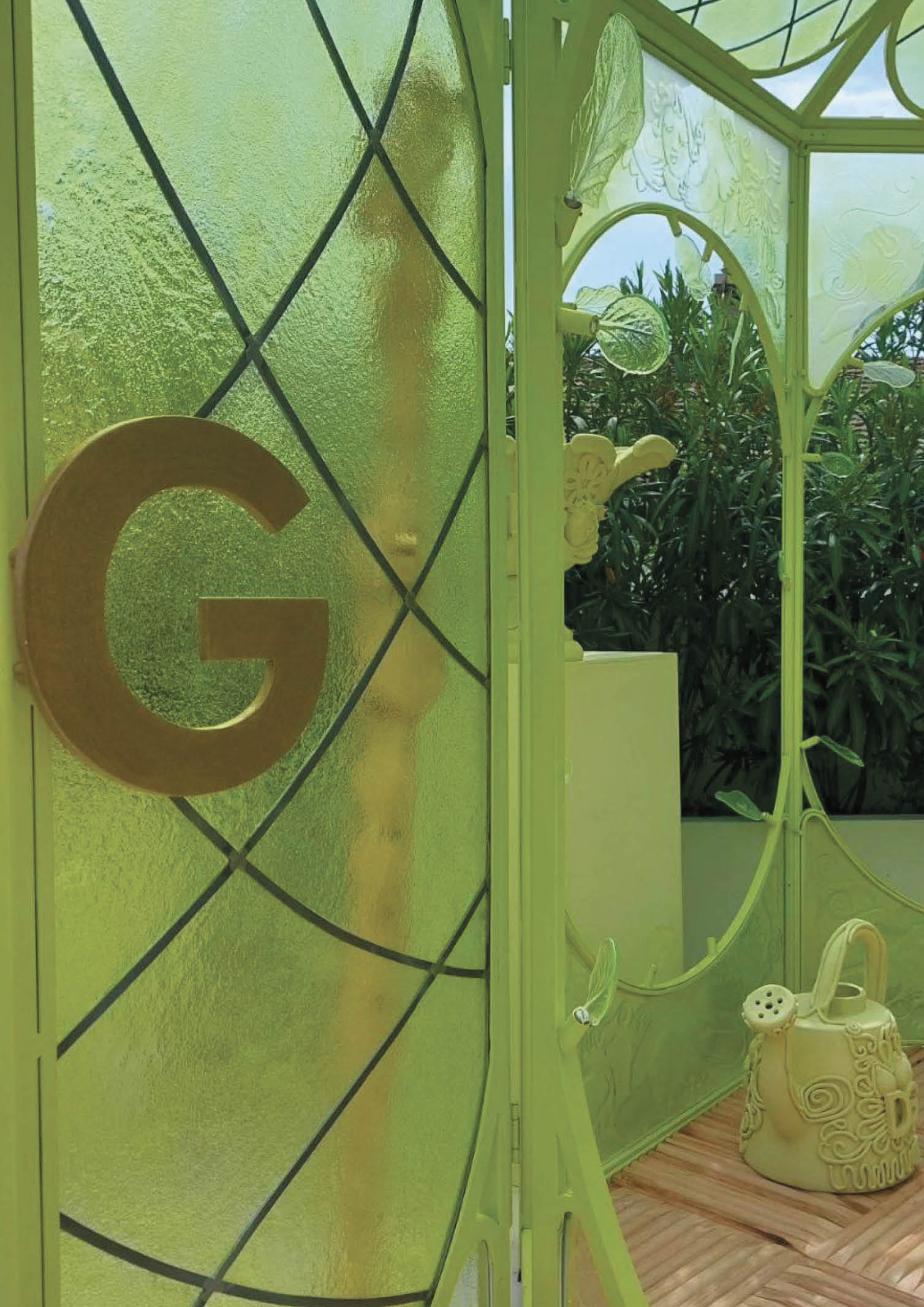
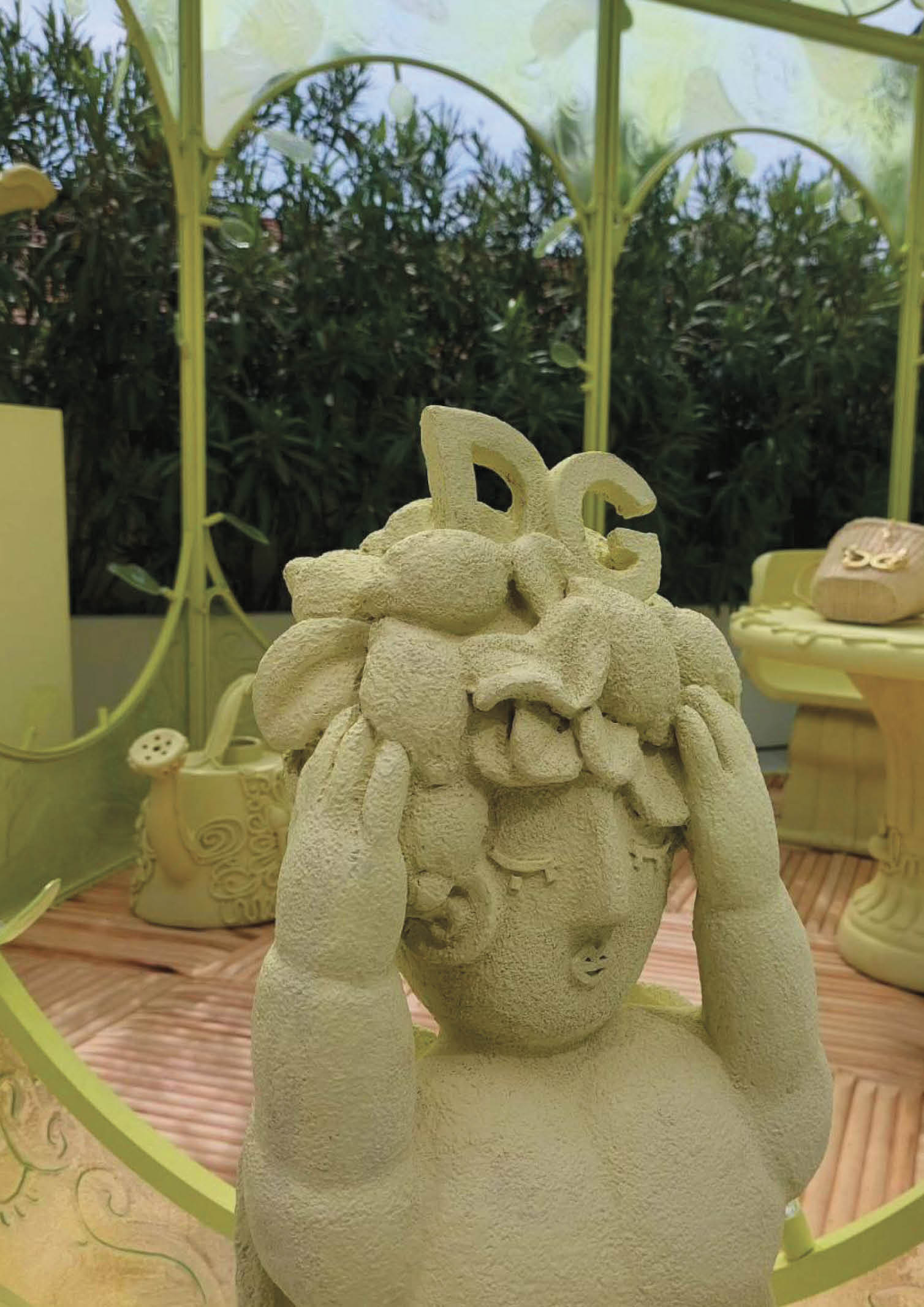

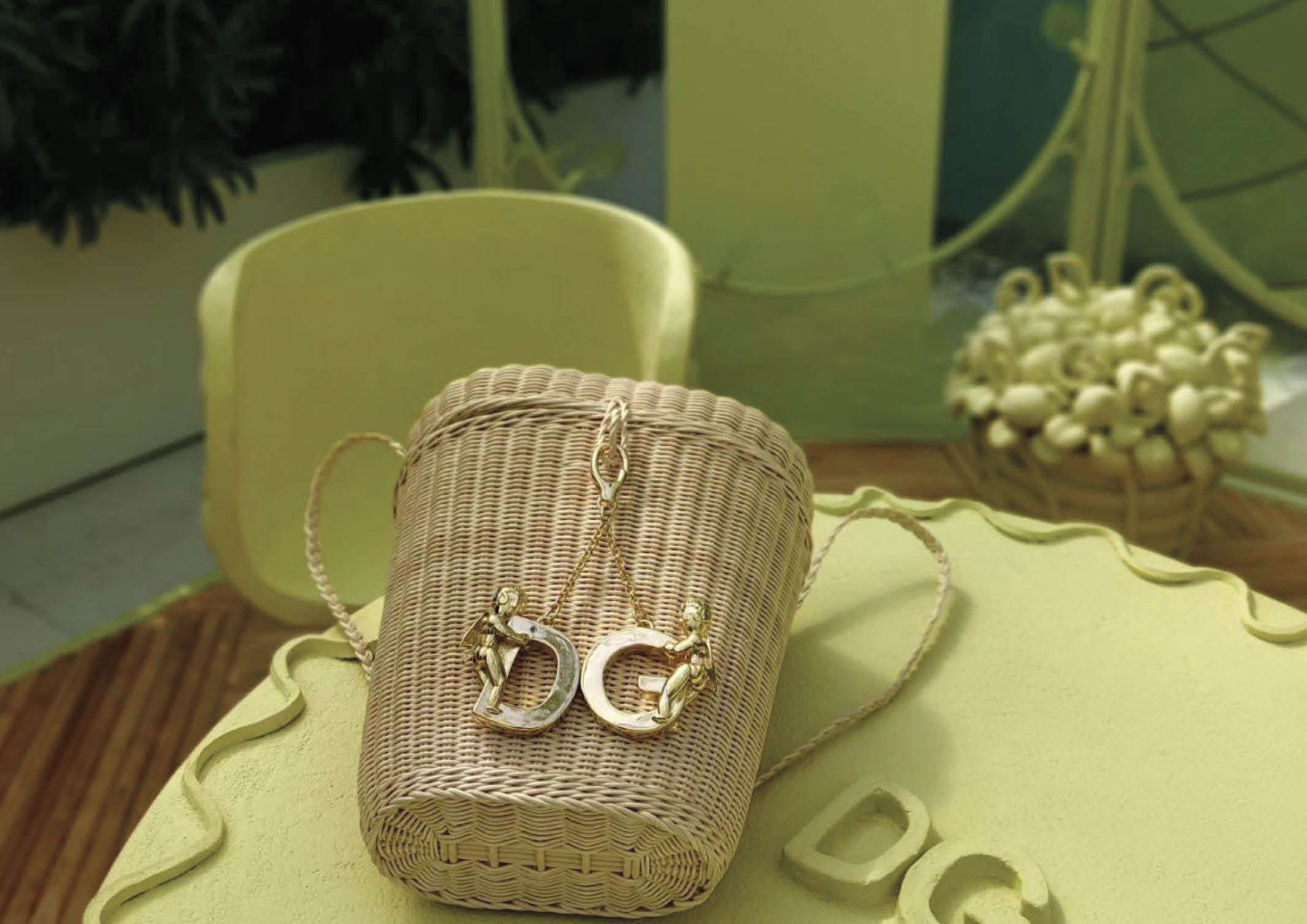
Louis Vuitton’s “Nomadic Pavillion” by Marc Fornes, delivers a point of interest that is sure to invite the attention of anyone who catches a glimpse of it. The architecture of the pavilion evokes a rich modern dreamscape that remains true to its ideologies and vision. Intricate lattice works that allow light to dance in an elegant display of luminosities and shadows contrasted by its sleek appearance being the brand’s signature scheme for their display.
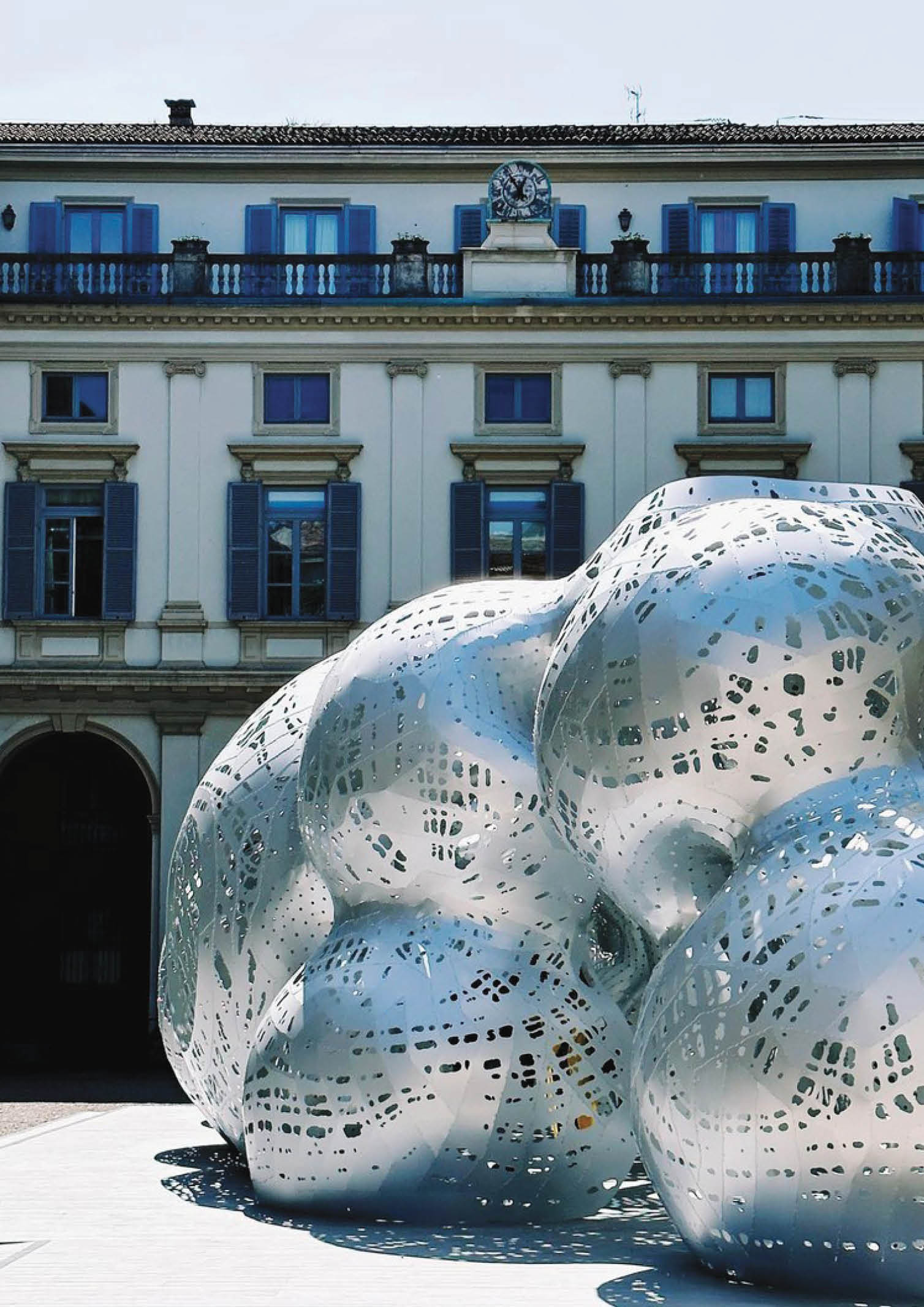
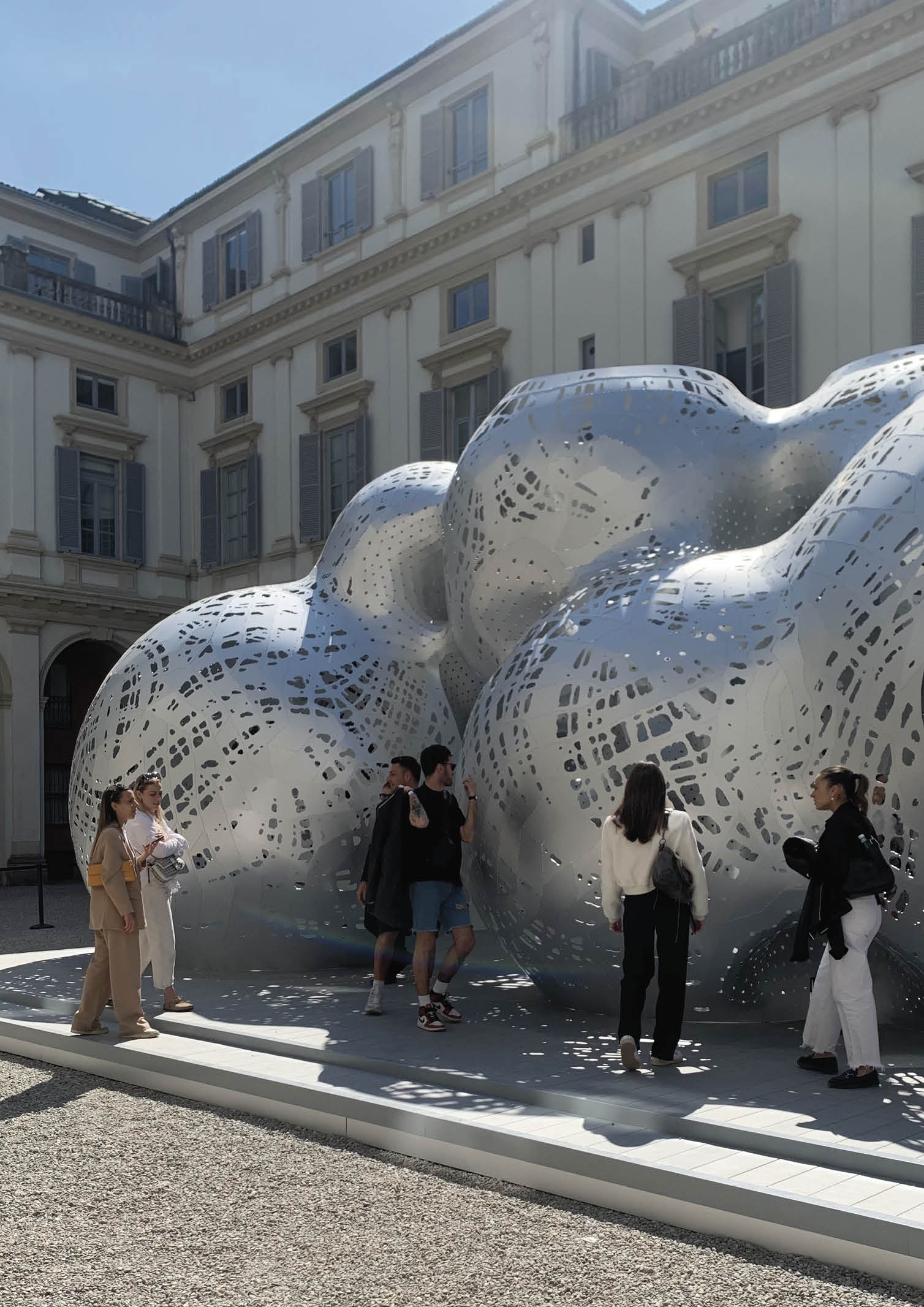
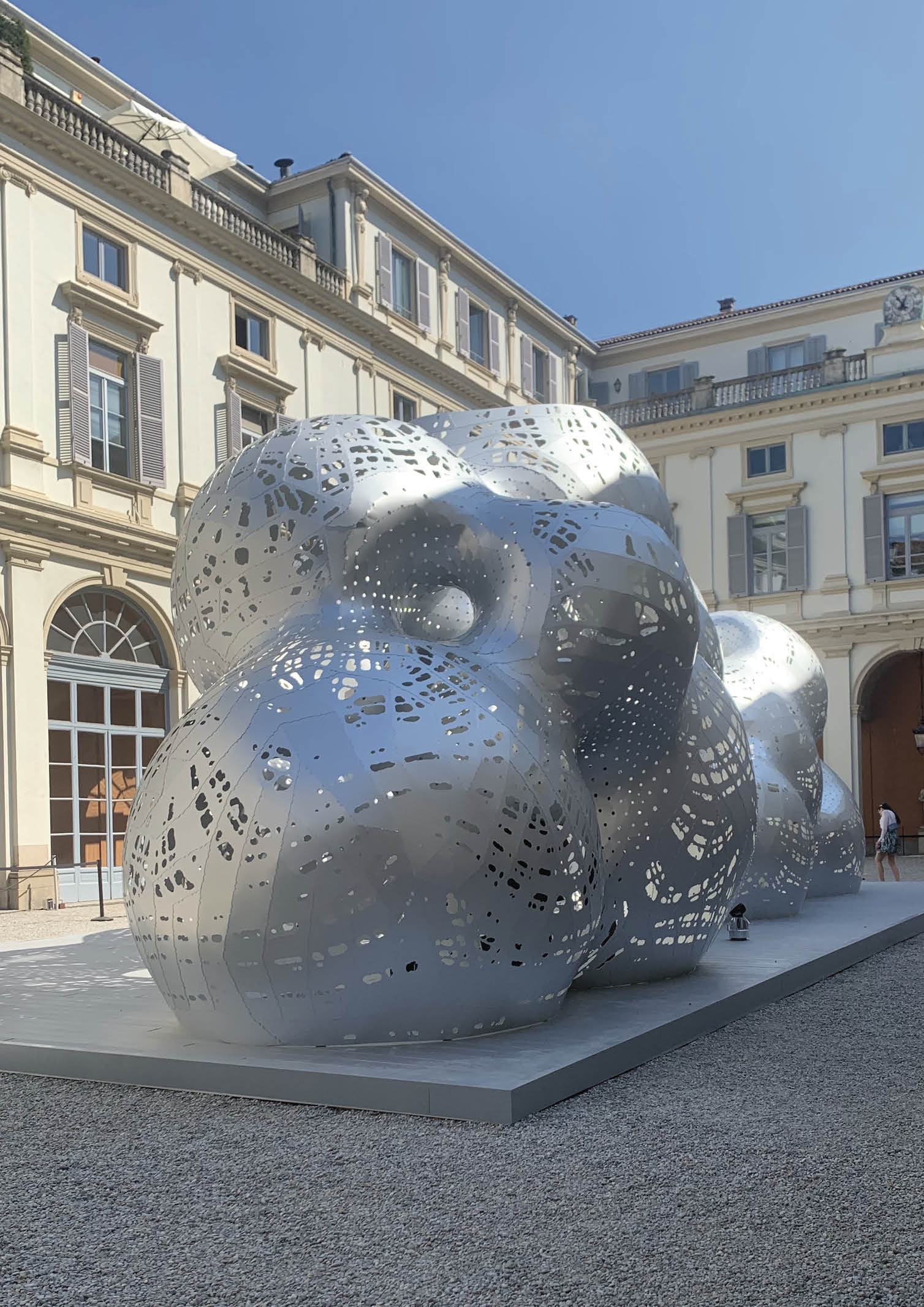
Imaginative Dreamscapes involves themes and treatments of iridescence, cloudlike appearances, floral-themed spaces, and opulent materials, that evoke feelings of lightness and surrealism. Examples under this trend include “Poikolos: New Forms of Iridescence” by Studio Vedét for Nilufar, “Cloud” by Maxim Velčovský for Lasvit, “The Secret Garden” by Bene and “Aria Infinita” by Zaha Hadid Design for Slamp.


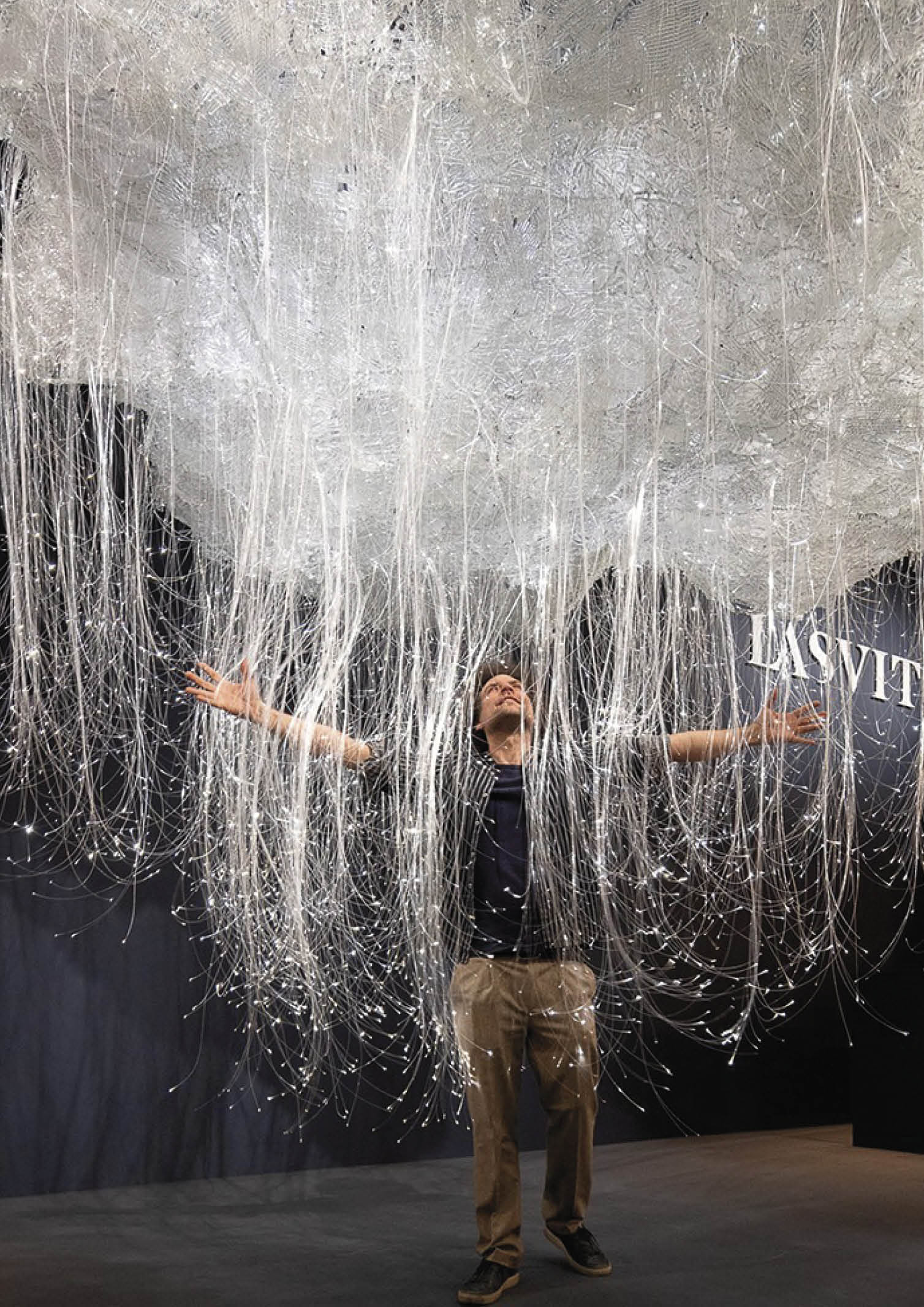
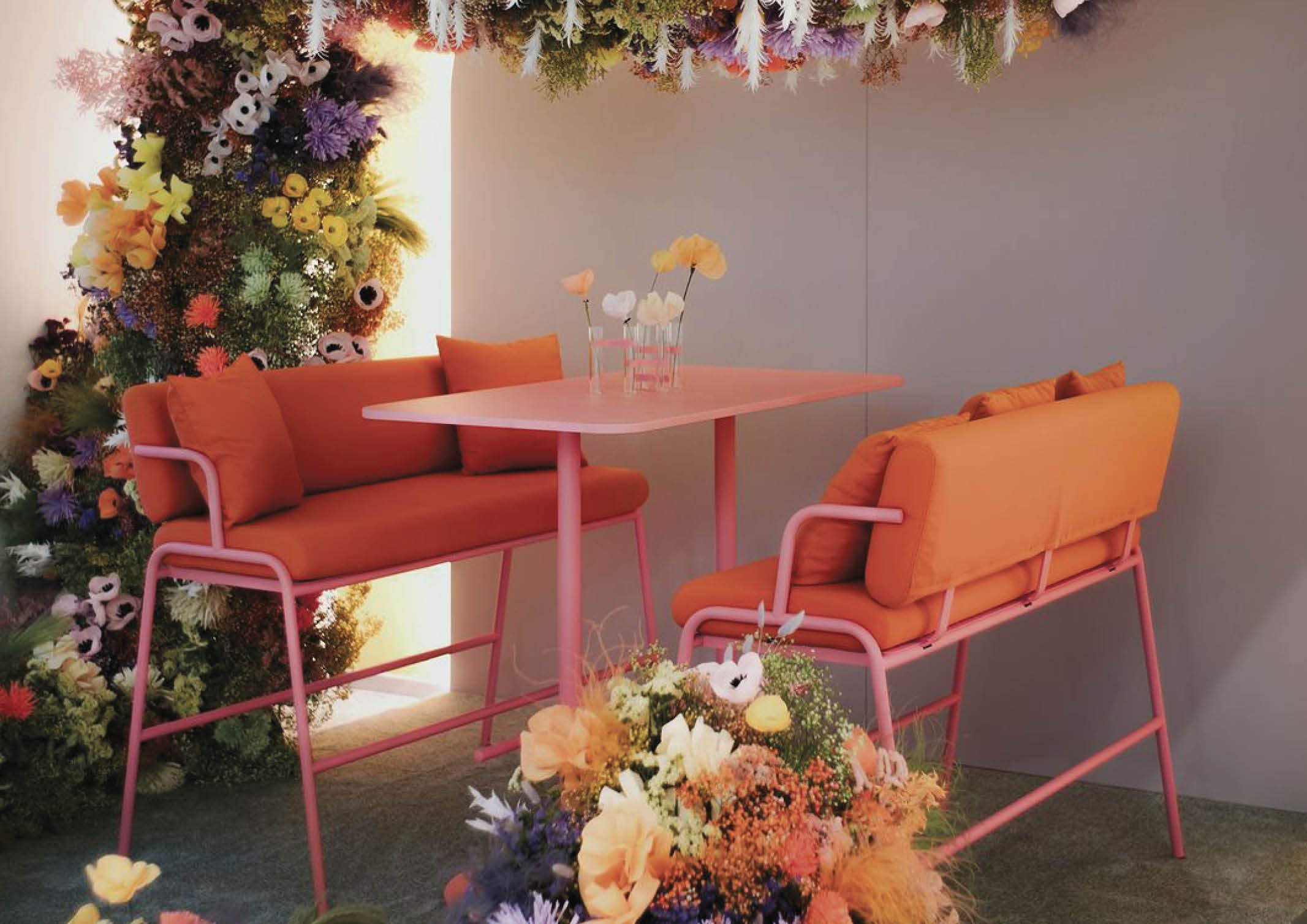
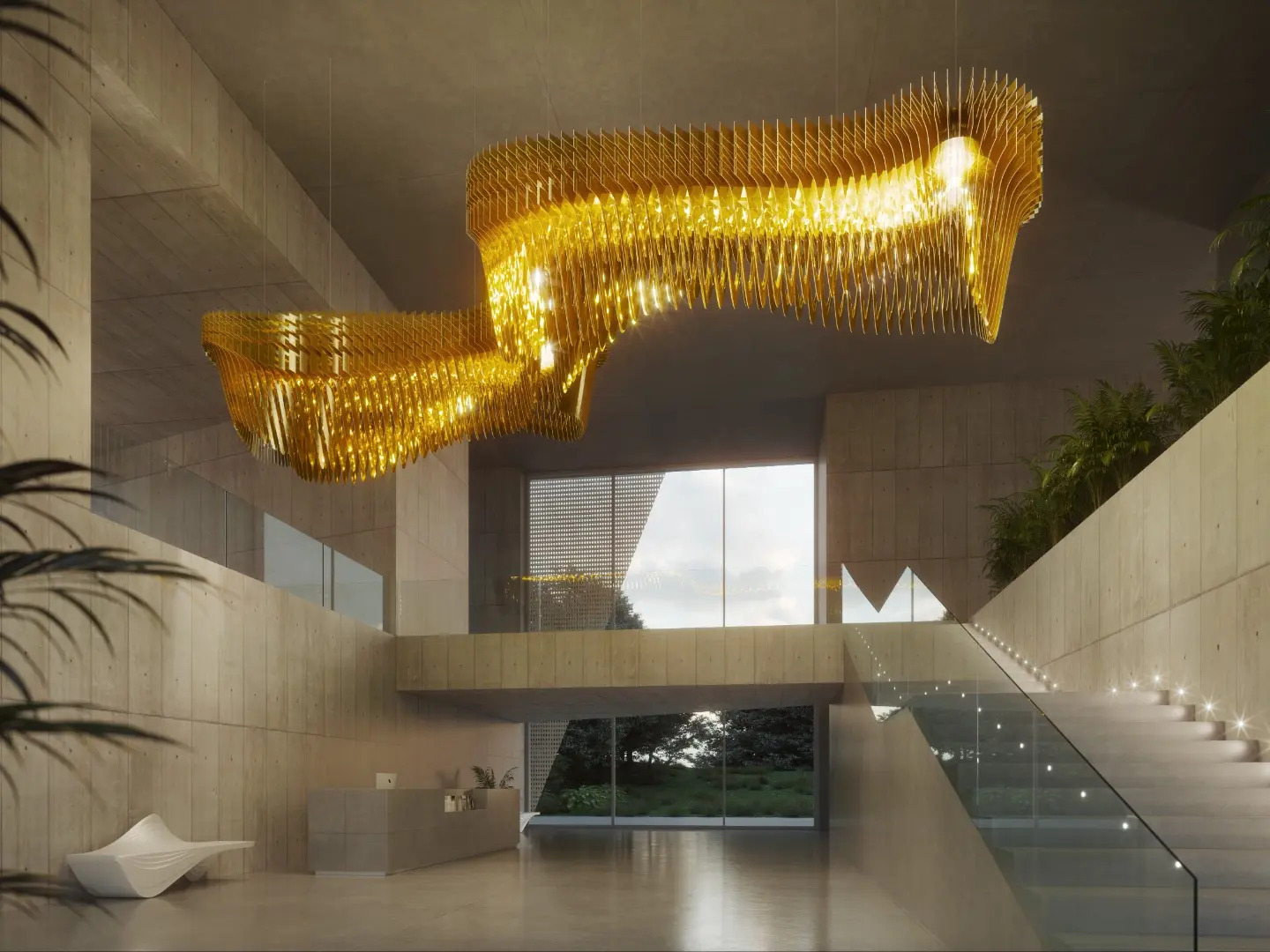
From historical reinventions to dreamscape manifestations, Esoteric Journey as a trend bridges the two by providing a deeper connection to the human psyche and spirituality. The trend challenges people’s perception by going beyond the normal and recognizing the inner machinations of their minds and spirits.
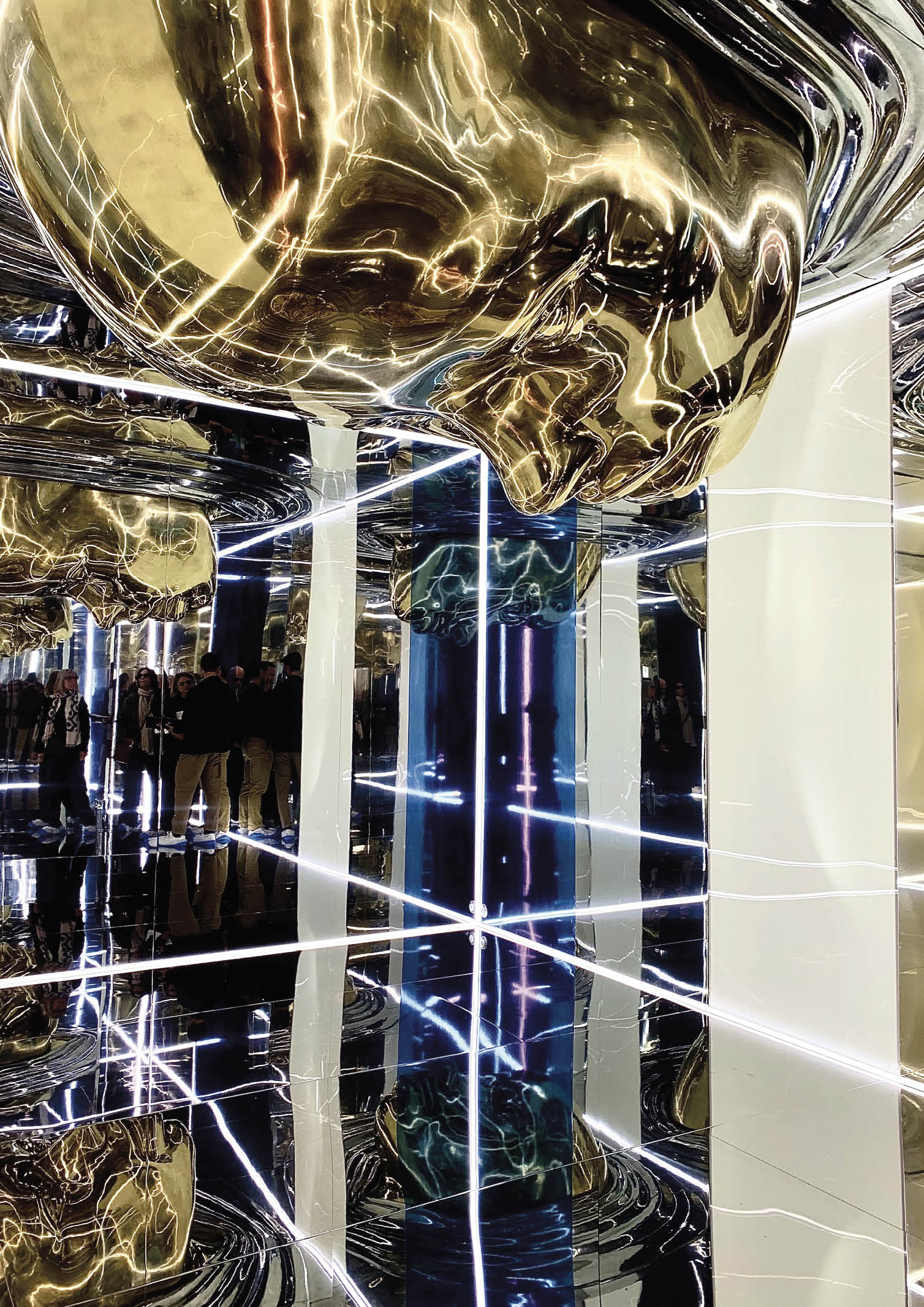
“Interna_Menta” by Materica exemplifies an Esoteric Journey as it debuts its first installation in Fuorisalone. A cold storage is transformed into a hall of mirrors with a metallic face peering down from the ceiling. While it is meant to showcase the brand’s business of transforming materials using an electric arc gun, they also intend to challenge people to look at their products and “feel” its deeper effects.
Another project showcasing such depth is “Trame” by Philippe Starck. Trame uses technology to convert a space into an interactive installation where a single handprint can affect the entire visual field and “change” the space. This is so because the brand wishes to convey the effectiveness of “social communes” where one action can impact the bigger picture.
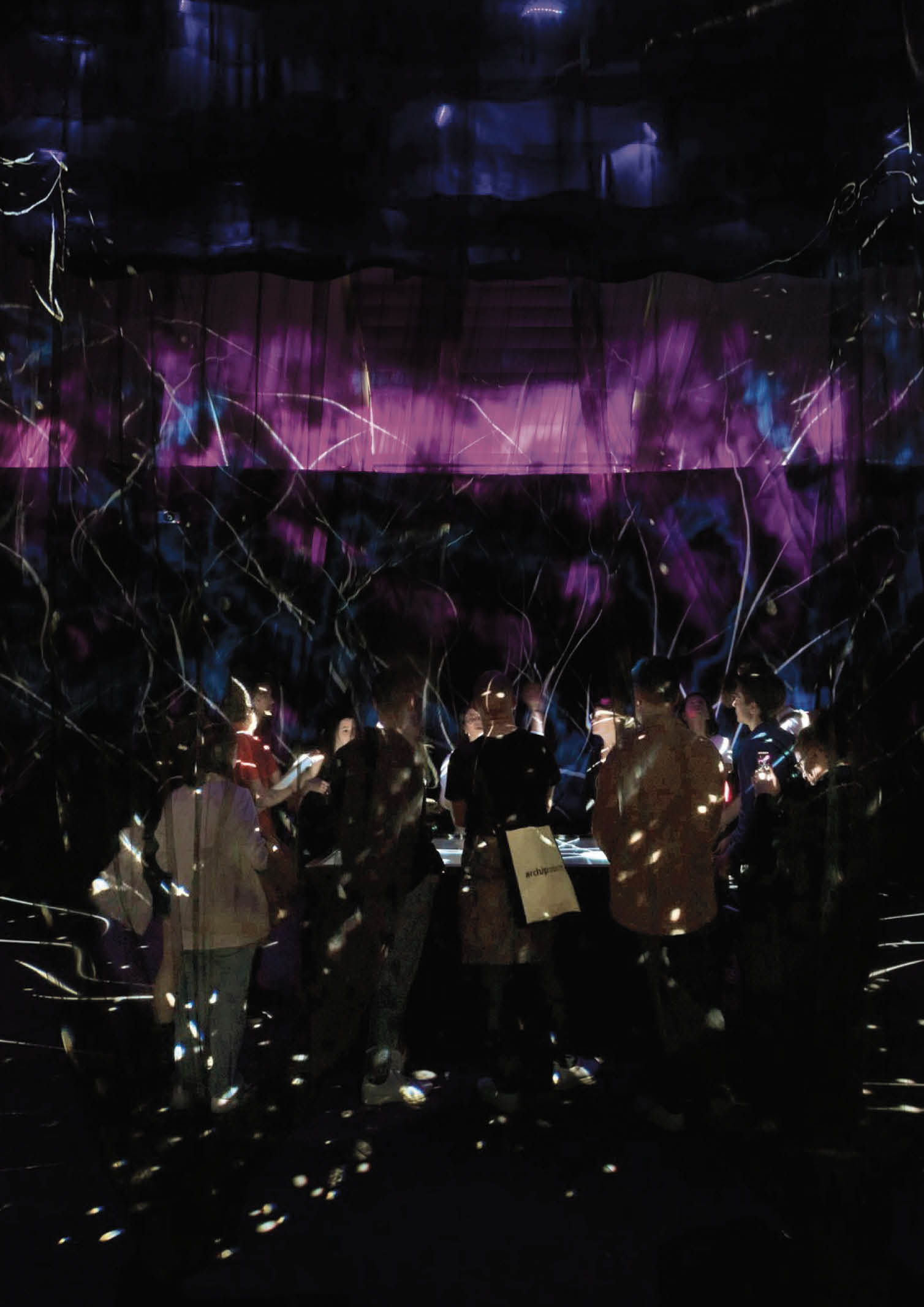
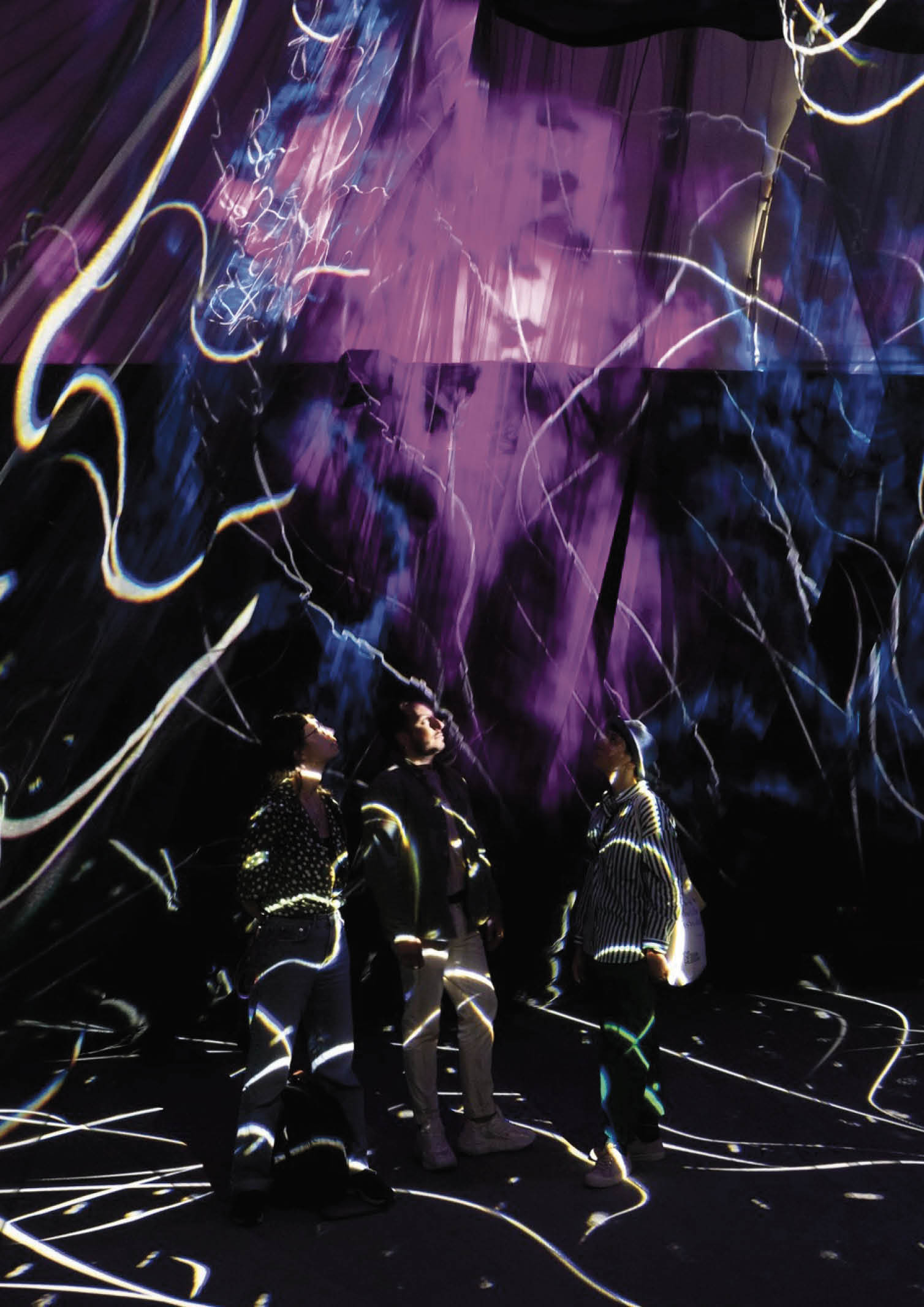
Solid Nature, the winner of Fuorisalone Award 2023, by OMA, Bita Fayazzi and Sabine Marcelis, embodies the three trends discussed earlier. The project draws similarities with the between stone formation, and achieving one’s dreams. The marble becomes a medium for storytelling to motivate visitors to push the boundaries and limits of creativity.
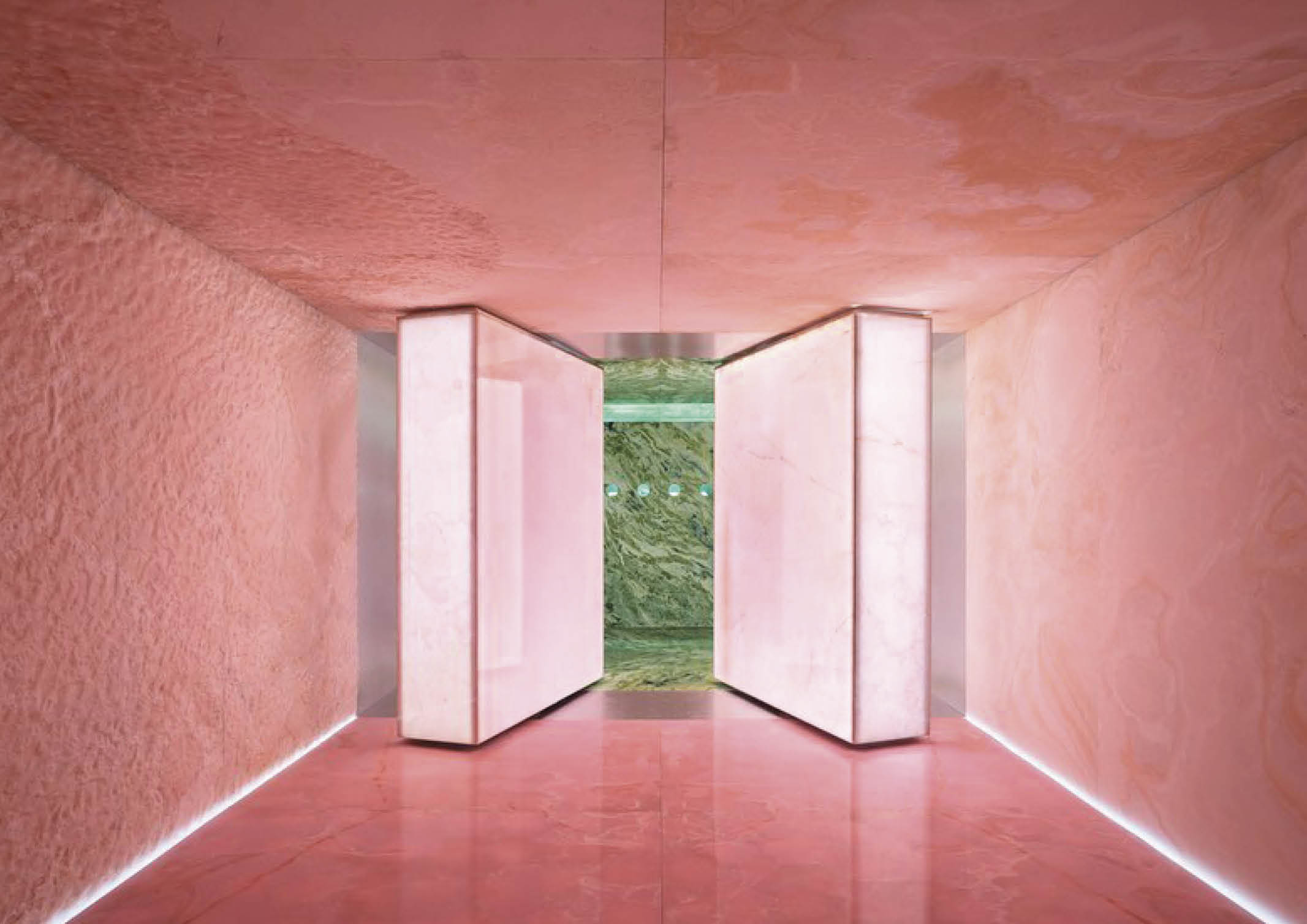
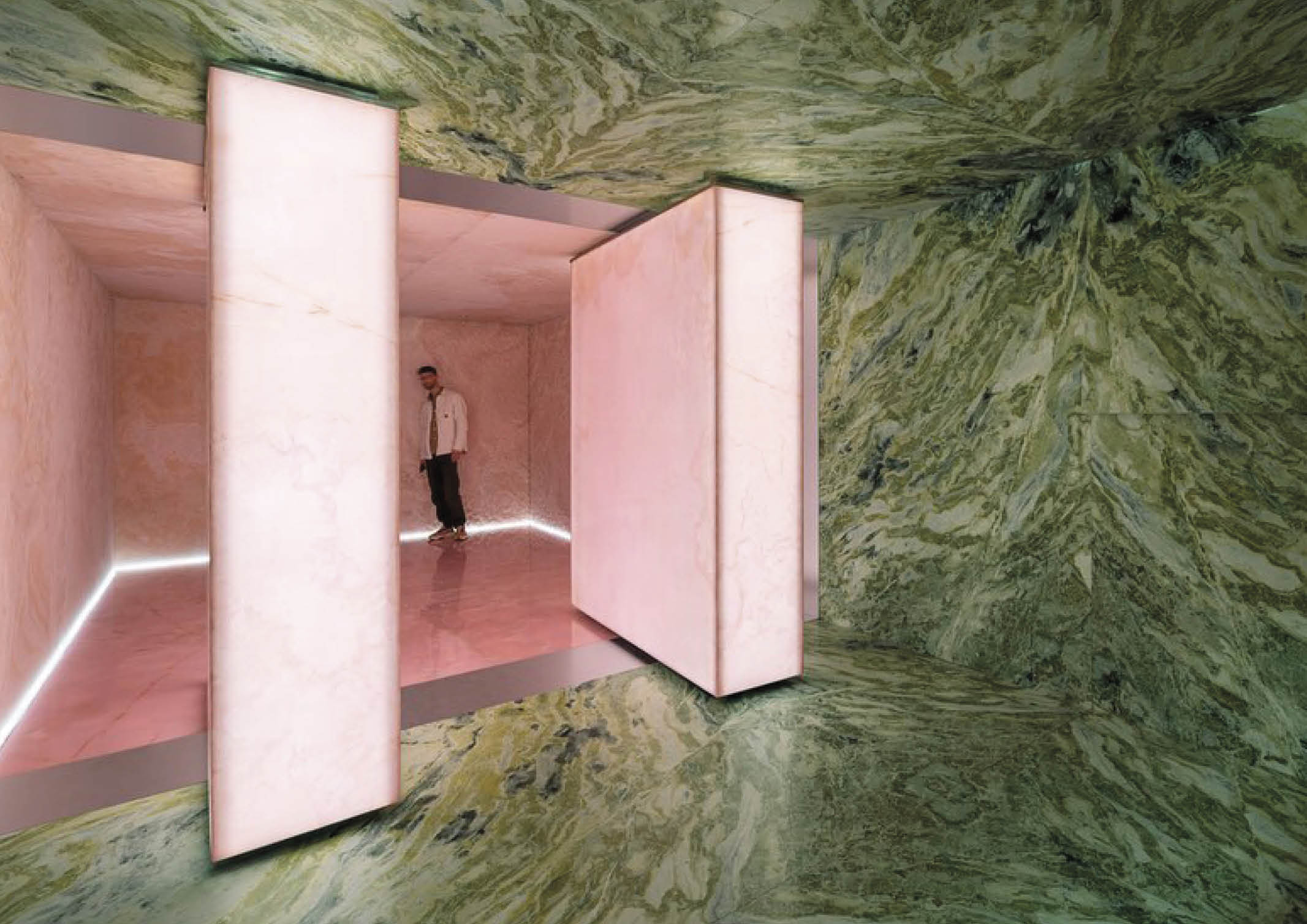
History has always been a source of direction for designers. There are always quantitative measures that ground aesthetics and materiality, and a repetitive cycle of debunking and reviving design styles. The trends ACIIID has seen in Milan design week gives a different flavor and narrative on looking back at history. In the proliferation of revisionism, history for design goes through reinvention. It draws a bridge between the past and the present through juxtaposition of concepts and paradigm shift, giving a creative and disruptive present to navigate the future. Surrealism is still going strong in the design scene but it now navigates on the narration of human life, nature, and utopia. Materials and workmanship are now perceived more than their physical aspect, but as stories and concepts, this creates a whole new potential on the design narrative in the midst of a rapidly fast-paced world of creation.


